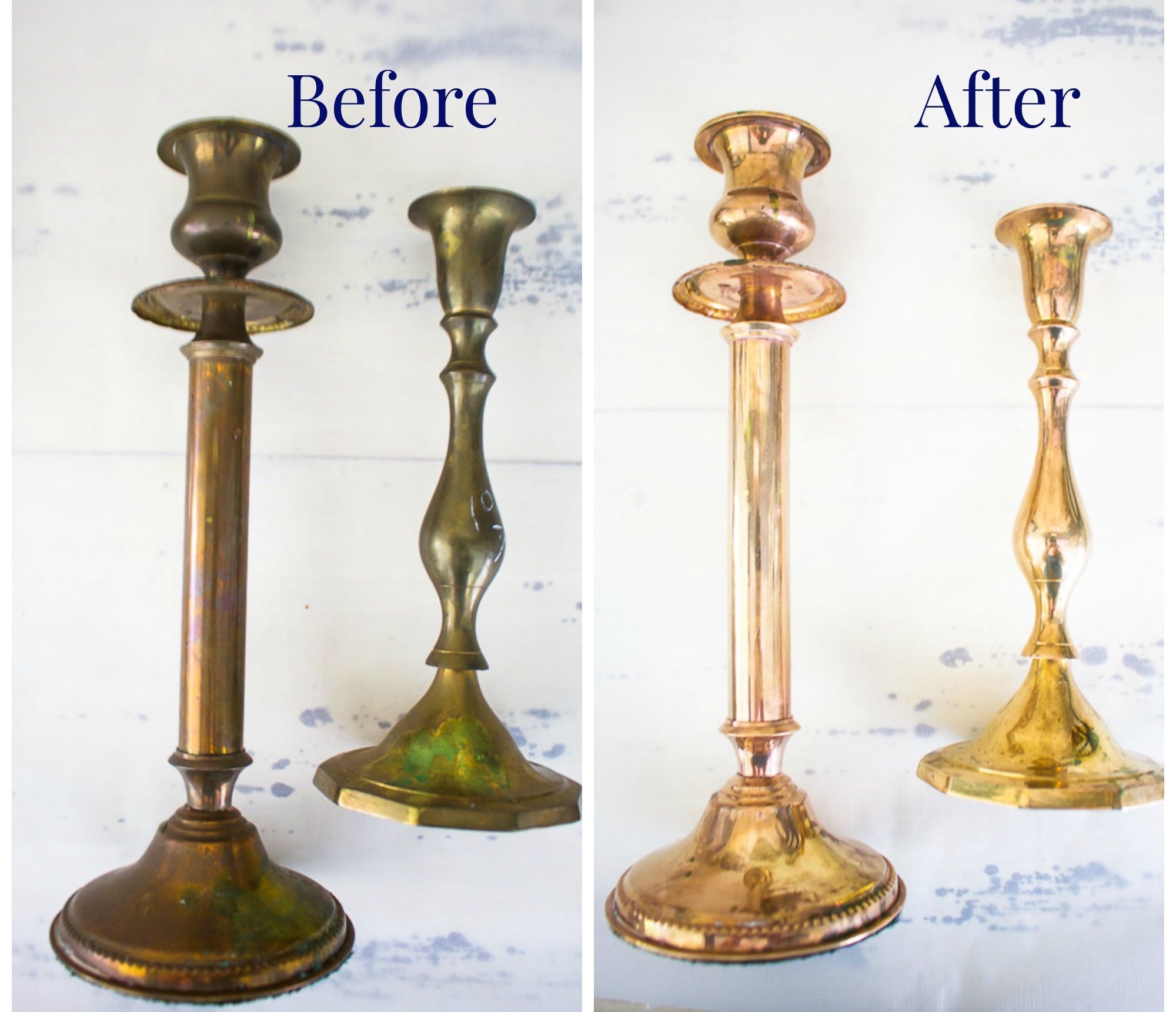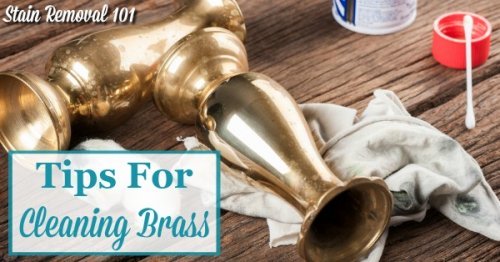Table of Content
We’ve listed out some items below to help you on your cleaning journey. Once the brass is polished to your liking, rinse with cool water and dry with a microfiber cloth. For tough spots, you'll likely need to use a bit more effort. Feel free to apply extra dabs of toothpaste to particularly stubborn areas. With a clean cloth, rub some of the mixture onto the brass.
Let the toothpaste sit for a few minutes, and then rinse it off with cold water. Who would have guessed that your favorite burger topping could double as a brass cleaner? Ketchup's mix of tomatoes, spices, and vinegar is a cheap, straightforward way to revive old brass. This simple cleaning hack requires only the condiment and a few clean cloths. If you are lucky enough to own antique brass, be especially careful about cleaning it.
How to Clean Brass? 4 Perfect Ways to Polish Tarnished Brass
Hopefully, you found our brass shining tips useful and are ready to share these ideas with the world. If so, remember to let others know how to polish brass on Facebook and Pinterest. Magnets are attracted to nickel, iron, and cobalt.

Hence, they are very safe for your hands, and you can use them to clean kitchen items. However, they react slowly and may take a few more minutes to remove corrosions compared to the chemical cleaners. Most of the metal cleaners can only clean specific metals. That means, if you have five metallic surfaces, you are likely to need five different cleaners. This explains the reason why most people are shifting to universal cleaners such as this item.
How to clean brass and keep it in a perfect shape – homemade brass cleaners
Instead, to save the lacquered finish, do the same thing you did with the brass-plated objects and use no more than soap and water to clean your item. If the tarnish on the piece has moved beyond the help of soapy water, then you may need to use an acidic cleaner like lemon juice or vinegar. Since this will also likely damage the lacquer, reapply the finish after all tarnishing has been removed. Soak the brass in this mixture soapy water for a while, then use a soft cloth and a soft-bristled toothbrush to work out the buildup and stains. For hard water scaling use a simple solution of vinegar and water.” For other pieces, always wash the brass before polishing.

Apply a thick layer of the mixture to the problematic areas and wait until completely dry. During this time the vinegar will dissolve dense spots and the flour will absorb all the dirt. Take a piece of a soft cloth and take off dried layer. Tarnishes discolor the surfaces, which give items an ugly appearance. Fortunately, you can use chemical-based brass cleaners to remove them. Unlike the cream and concentrated cleaners, the liquid cleaners do not dry even when left unused for a long time.
Keep Brass From Tarnishing by Using Linseed Oil
That’s easy enough to do — all you’ll need is a magnet. If the magnet sticks to your item, it’s not real brass. Brass has become especially popular, which means there are many look-alike surfaces that appear to be brass, but actually aren’t. You should determine the quantity of the cleaner you need to purchase.

With this cleaner, the maintenance of brass cookware is easy and fast. It perfectly process the surface without leaving scratches, removes dirt, blackening, patina, and forms a beautiful shiny protective layer. This highly effective product is suitable for cleaning and polishing kitchen utensils. It is also ideal for cleaning and polishing door handles, curtain rods, chandeliers, fixtures, and other things. As well as erase the discoloration made by high heat or food spills.
Also, corrosions are impossible to remove with mild cleaners. Fortunately, you can use brass cleaners to clean these materials. Moreover, this cleaner is straightforward to use. Its container has an ergonomic design, while the lid is relatively easy to remove. Just shake it, open the lid, pour some on the sponge, rub the sponge on the surface, and that’s it. Thus, you don’t need any other detergent cleaners because this product will restore the high-quality shine of your items all by itself.

Typically zinc or steel is coated in brass plating to give the appearance of brass without the high cost of pure brass. Plating has a shorter lifespan, and the thinner it is, the more quickly it will deteriorate. Also, some companies produce cleaners that can only clean brass-based materials, which are known as brass-only cleaners. You should only consider these polishes if all of your surfaces are made of brass. These cleaners have a creamy form and come in a tin with a wide lid.
Brasso is great for to bring back shine to door knobs and locks. Bar Keepers Friend tackles both rust and tarnish on brass pieces. Twinkle Brass & Copper Cleaning Kit actually has an anti-tarnish ingredient that extends the treatment, making it ideal for outdoor pieces. Blue Magic is great for getting rid of tarnish and oxidation and works well on brass jewelry, the rim of a watch face, or a vintage tea set. You can also rub it with a thin coat of linseed oil. If not linseed oil, go for olive oil or mineral oil.

If you aren’t convinced about the quality and safety of the mentioned methods, you can use various brass cleaning products. By carefully following the manufacturer’s instructions, you can professionally clean brass elements at home. It’s still a more cost-effective option than taking your brass accessories to an expert.
The white was freaking me out a little and I didn’t want to tarnish it further. So, in case this method wasn’t working, I rinsed it off. I suds it up with Dawn dishwashing soap, then rinsed and dried the barrel. This might surprise you, but yes, you sure can clean brass using just toothpaste. All you need to do is to use reusable paper towels like a clean cloth to put a small amount of toothpaste onto your brass.

No comments:
Post a Comment